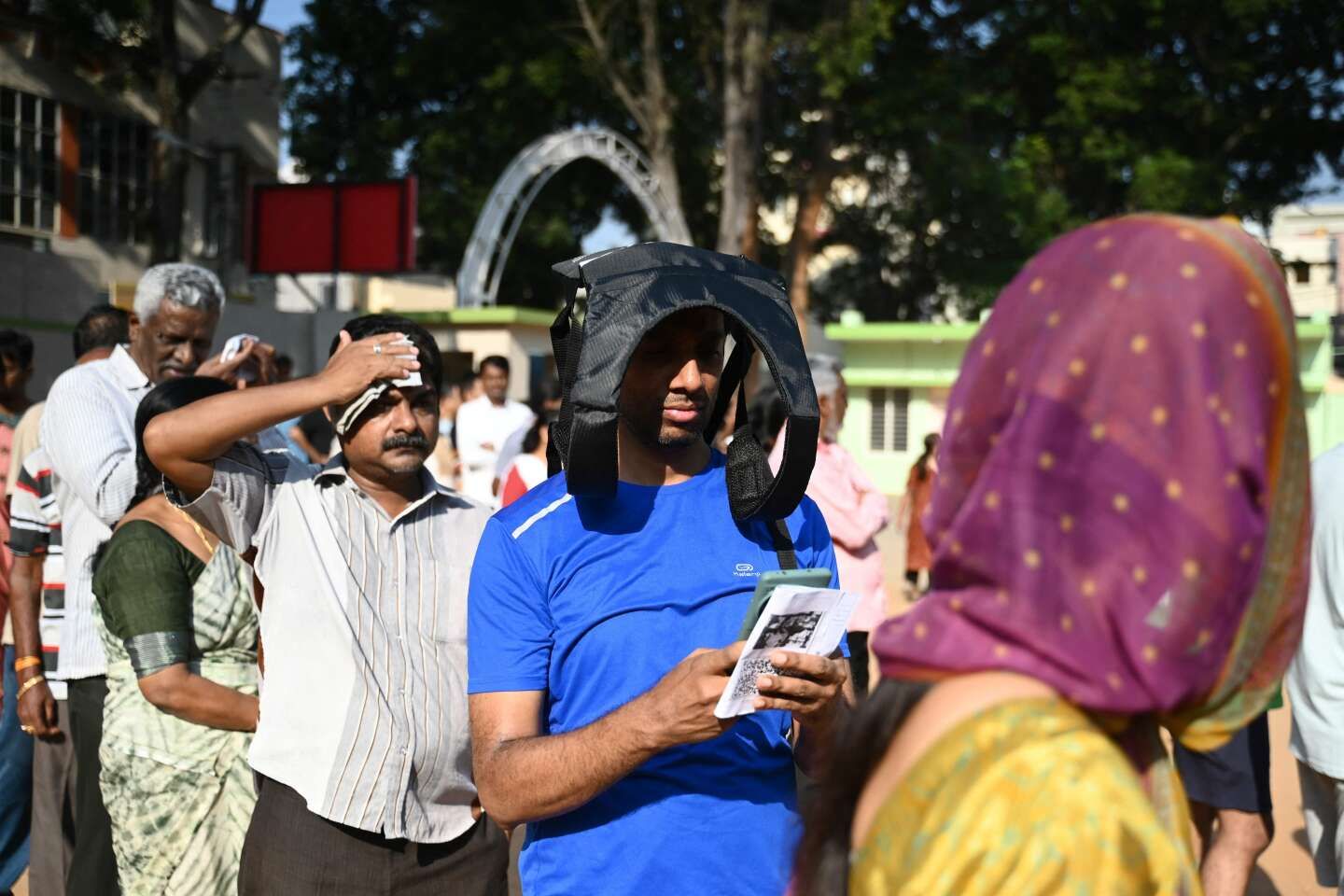“The Russian military is overextended and in a precarious position if Ukraine becomes a protracted war,” Seth Jones, vice president of the Center for Strategic and International Studies, a Washington, DC-based think tank, said in a social media post.
“Assuming there are 150,000 Russian soldiers in Ukraine and a population of 44 million, that’s a force ratio of 3.4 soldiers per 1,000 people. You can’t hold territory in that number,” Jones said.
He compared the Russian power ratio to the occupation after previous wars around the world, saying that successful troops had “astronomically higher” power ratios.
For example, he said that the Allied forces that occupied Germany in 1945 had 89.3 soldiers per 1,000 inhabitants; NATO forces in Bosnia 1995, 17.5 soldiers to 1000 inhabitants; NATO forces in Kosovo in 2000, 19.3 to 1,000, and international forces in East Timor in 2000, 9.8 to 1,000.
Analyst and mathematician James Quinlivan wrote in a 2003 review of RAND Corp. , that the standard strength ratio for a successful career is about 20 to 1,000.
The ratios of US and coalition forces in Afghanistan in 2002 and Iraq in 2003 were only 0.5 to 1,000 and 6.1 to 1,000, respectively, according to statistics cited by Quinlivan.
“The presence of large numbers of troops and police is critical to enforcing law and order,” Jones said. “In fact, the number of Russian soldiers in Ukraine is not even enough to hold any major cities for a long time.”
He said that if the Russian occupiers faced a guerrilla war in the event of the downfall of the Ukrainian government, the odds would not be in their favor.
“They would be in grave danger of being snatched away by the Ukrainian rebels,” he added.
Soviet forces launched a long campaign against the Ukrainian rebels after the end of World War II. Partisan warfare continued through the late 1940s in parts of western Ukraine, but the Soviets had crushed most of the armed resistance by the early 1950s.
US officials also noted how stretched Russian supply lines became even in the early stages of the invasion.
As one senior US official explained to CNN, Russia expected a quick victory and may have neglected planning for an adequate resupply of its forces. This official explained that the supply lines are a “defining weakness”.
But US administration officials said on Monday that Russia is expected to step up its operations in Ukraine.
Officials warned lawmakers in classified briefings that a second wave of Russian forces would likely bolster the country’s positions inside Ukraine, and in large numbers could be able to overcome Ukrainian resistance, according to two people familiar with the briefings.
“This part was disheartening,” one lawmaker told CNN.
However, a map of current Russian positions shows that Moscow’s forces have controlled only a small part of Ukraine – a vast country slightly smaller than the US state of Texas.
And again, looking at past conflicts, Russia faces enormous challenges in controlling urban areas of Ukraine, such as the capital, Kyiv.
“Urban terrain provides incredible resources and advantages for a defending force to inflict disproportionate numbers of casualties on an attacking element, running out of attacker time in the strategic environment, and ultimately flagrantly stopping the attack’s momentum,” John Spencer and Jason Gero wrote this month for the Institute of Modern Warfare in West Point, home of the US Military Academy.
The two, former American and Canadian military officers respectively, referred to conflicts from World War II to the Korean War to Chechnya to Syria, where city defenders were able to inflict heavy losses on their attackers.
With a 40-mile (64-kilometre) column of Russian military vehicles and armor lined up in the direction of Kyiv, what Spencer and Jiro suggested happened to the Russian shield in Grozny, Chechnya, in 1995, might be ominous for Moscow. current forces.
They wrote that the Chechen separatists, working in teams of no more than two men, and using rifles, grenades and grenade launchers, on Russian armored vehicles of the basements and upper floors of buildings.
“Main tanks and other weapons cannot respond effectively to fire,” Spencer and Giroud said.
“Once caught in their trap, the ambush teams would strike at the weak points of Russian tanks and armored personnel carriers, strike fore and follow vehicles, quickly withdraw, and then move to the flanks to strike the now paralyzed Russian columns again,” they said.
Over the course of three days in January 1995, one Russian brigade lost 102 of 120 armored vehicles and 20 of 26 tanks to Chechen separatists in Grozny, they said.
If this example applies in part to what the Russian invaders will face in the cities of Ukraine, the war will not end quickly.

“Infuriatingly humble alcohol fanatic. Unapologetic beer practitioner. Analyst.”









More Stories
Hamza Yousaf will not resign from the position of First Minister of Scotland
Talks between the United States and China begin with warnings about misunderstanding and miscalculation
Middle East Crisis: The United States and 17 other countries call on Hamas to release the hostages